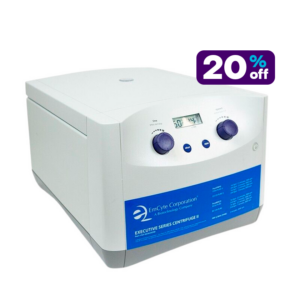The Safety Profile of PRP: What Physicians Should Know
Welcome, fellow physicians, to a discussion on the safety profile of platelet-rich plasma (PRP) therapy. As stewards of patient care, ensuring the safety and well-being of our patients is paramount. Let’s embark on a journey to understand the precautions, risks, and best practices associated with PRP therapy.
Understanding the Precautions of PRP
Potential Risks and Side Effects
PRP therapy, like any medical intervention, comes with its share of potential risks. These may include infection, allergic reactions, and localized reactions at the injection site. While rare, these risks underscore the importance of vigilance and adherence to safety protocols.
Patient Selection and Screening
One of the key precautions in PRP therapy is thorough patient selection and screening. Before embarking on treatment, it’s imperative to assess the patient’s medical history and conduct a comprehensive pre-treatment evaluation. This allows us to identify any contraindications or potential risks and tailor the treatment plan accordingly.
What Physicians Should Know About PRP Safety
Importance of Proper Training and Technique
As physicians, it’s crucial that we undergo proper training and stay updated on the latest techniques and guidelines for PRP therapy. From understanding the nuances of preparation to mastering injection techniques, investing in ongoing education ensures that we deliver safe and effective treatments to our patients.
Guidelines for Safe Administration
Adhering to established guidelines for safe administration is paramount in PRP therapy. This includes maintaining sterility and employing aseptic technique throughout the procedure. Additionally, identifying proper injection sites and ensuring appropriate depth of injection minimize the risk of adverse events and maximize treatment efficacy.
Is PRP Risk-Free?
Addressing Misconceptions
While PRP therapy is generally safe, it’s important to dispel the misconception that it is entirely risk-free. Like any medical intervention, PRP carries inherent risks, albeit minimal when administered by trained professionals following established protocols.
Balancing Risks and Benefits
As physicians, we must educate our patients about the balance between risks and benefits associated with PRP therapy. By providing comprehensive information, managing expectations, and obtaining informed consent, we empower patients to make informed decisions about their care while mitigating potential risks.
Conclusion: Ensuring Patient Safety and Optimal Outcomes
In conclusion, prioritizing safety profile in PRP therapy is not only our ethical obligation but also essential for achieving optimal patient outcomes. By understanding and adhering to precautions, staying informed on best practices, and fostering open communication with our patients, we can navigate the path to safe and effective treatment with confidence.

